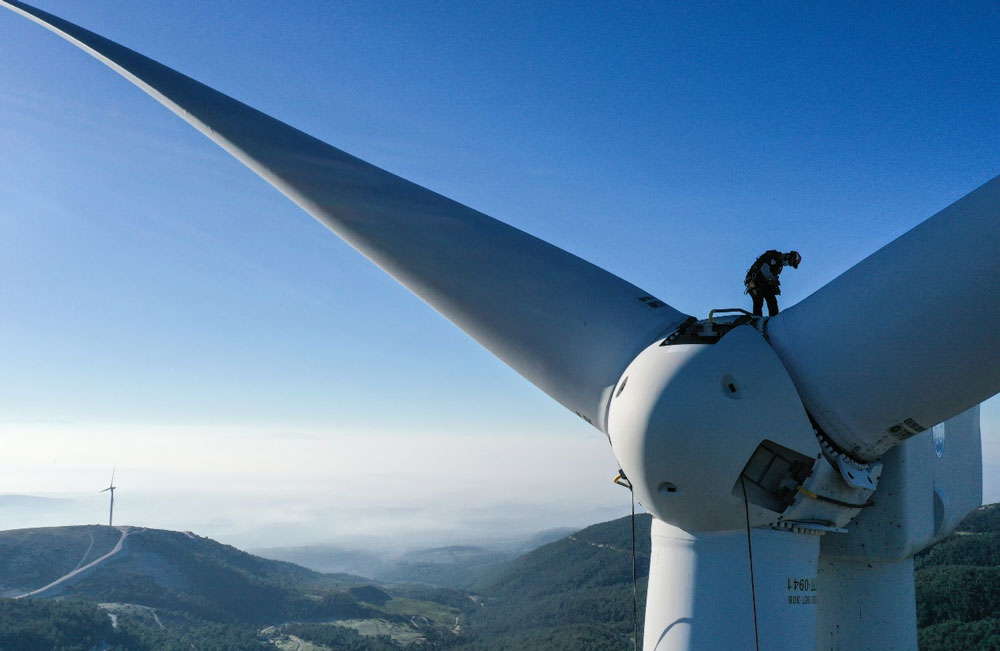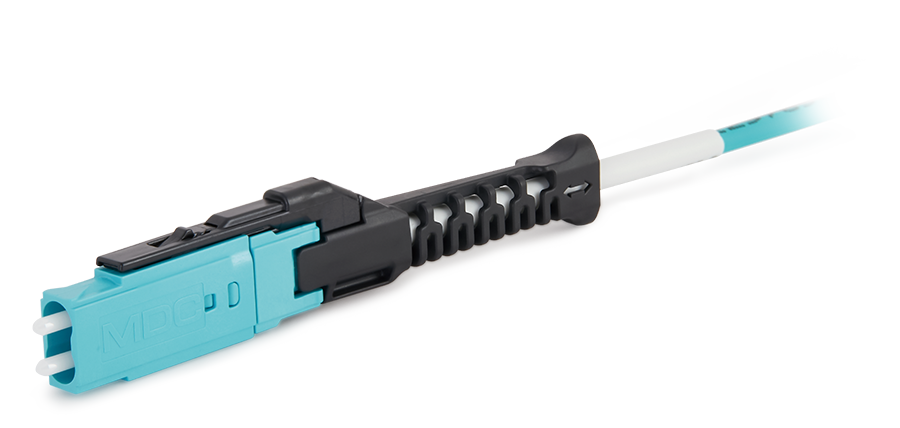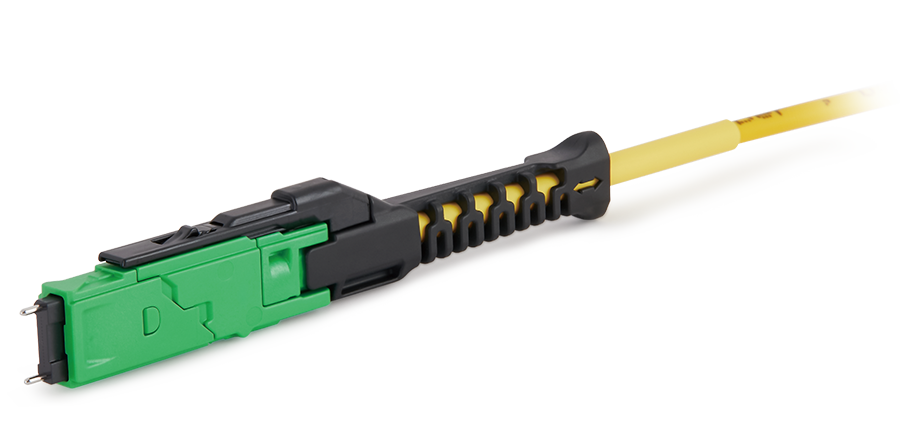Introduction: The Imperative for Sustainable Energy Solutions
The surging global population has intensified the demand for energy, prompting industries to seek innovative and sustainable approaches to energy production. Wind turbines have emerged as a prominent technology in the quest for renewable energy. While widely deployed worldwide, challenges persist in ensuring the structural health and longevity of wind turbines. Among the critical concerns is the need for effective monitoring devices and techniques to safeguard the infrastructure supporting wind power generation. Structural health monitoring is essential to guarantee the reliability of wind turbines, optimize their operation, and mitigate costly downtimes.

Wind Turbine Monitoring: Beyond Temperature
In addition to monitoring wind turbine temperatures, efficiently achieved with Fiber Bragg Grating (FBG) temperature sensors, attention must be directed towards monitoring the foundations of wind turbines. This proactive approach is crucial to prevent premature decay and extend the operational lifespan of turbines. Often, access to the subterranean part of foundations is limited, necessitating above-ground inspections or disruptive excavations that temporarily halt energy generation.
Challenges in Foundation Monitoring
Assessing the structural integrity of onshore, reinforced-concrete wind turbine foundations poses unique challenges. The degradation of these foundations is typically evaluated through above-ground inspections or invasive excavations, both of which disrupt energy generation. Sustained measurements of crack behavior are vital to quantify the risk of water ingress and reinforcement corrosion. Unfortunately, the cracks that develop during turbine operation often go unmonitored, presenting a significant challenge.
Innovative Solution: Fiber Bragg Grating Sensors
To address the limitations in foundation monitoring, the integration of Fiber Bragg Grating (FBG) sensors emerges as a promising solution. Subterranean FBG strain sensors can effectively monitor the opening and lateral displacements of cracks in wind turbine foundations during operational phases. The vibrations generated by the turbines lead to cracks in the foundation, and FBG strain sensors offer real-time insights into the structural health.
Correlation and Verification Process
Crack displacement data obtained through sensor FBG strain on the foundations are correlated with strains measured by a second series of FBG sensors affixed to the turbine tower. This correlation is further verified against wind speed and turbine data provided by the operator. The interconnected data streams enable a comprehensive understanding of the structural dynamics and health of the wind turbine system.
Benefits of FBG Strain Sensors
The utilization of FBG strain sensors offers a multitude of advantages over traditional electrical strain gauges. Notably, FBG sensors are immune to electromagnetic interference and power shortages, providing reliable and uninterrupted monitoring capabilities. The compact size of FBG devices enhances accuracy, making them the preferred choice for strain sensing in the context of wind turbine structural health monitoring.
Quantifying Risks: Water Ingress and Reinforcement Corrosion
The data obtained through FBG strain sensors play a pivotal role in assessing the risks associated with water ingress and subsequent corrosion of the foundation's steel reinforcement. Engineers can leverage this information to more accurately determine the current asset lifetime and make informed decisions regarding the design and construction of foundations for future wind turbines.
Conclusion: Empowering Wind Energy Sustainability
In conclusion, the integration of Fiber Bragg Grating sensors in wind turbine structural health monitoring represents a significant stride towards ensuring the longevity and reliability of wind power generation infrastructure. The ability to monitor foundation cracks in real-time, correlate data, and quantify risks empowers engineers to make informed decisions, optimizing the performance of existing turbines and informing the design of future wind energy projects. As we continue to advance in sustainable energy solutions, FBG sensors stand as a beacon of innovation in the pursuit of efficient and enduring wind power generation.

 Fiber Optic Flex Circuit (FOFC)
Advanced Simulation & Optimization, High Positioning Accuracy, Flexible Customization, Rigorous Reliability Testing
Fiber Optic Flex Circuit (FOFC)
Advanced Simulation & Optimization, High Positioning Accuracy, Flexible Customization, Rigorous Reliability Testing MDC Solution
US Conec's MDC connector is a Very Small Form Factor (VSFF) duplex optical connector, expertly designed for terminating single-mode and multimode fiber cables with diameters up to 2.0mm.
MDC Solution
US Conec's MDC connector is a Very Small Form Factor (VSFF) duplex optical connector, expertly designed for terminating single-mode and multimode fiber cables with diameters up to 2.0mm. MMC Solution
US Conec's Very Small Form Factor (VSFF) multi-fiber optical connector that redefines high-density connectivity with its cutting-edge TMT ferrule technology and intuitive Direct-Conec™ push-pull boot design.
MMC Solution
US Conec's Very Small Form Factor (VSFF) multi-fiber optical connector that redefines high-density connectivity with its cutting-edge TMT ferrule technology and intuitive Direct-Conec™ push-pull boot design. EN
EN
 jp
jp  fr
fr  es
es  it
it  ru
ru  pt
pt  ar
ar  el
el  nl
nl 




_and_High-Reflection_(HR)_Optical_Coatings.webp)
